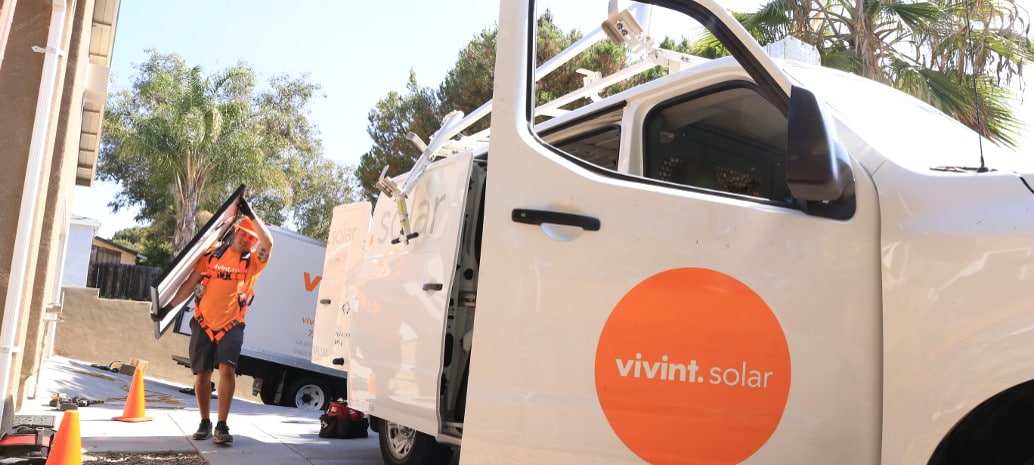The most important competency for running a third-party solar company is not installing solar. It is raising cash.
Big companies like Sunrun and Vivint Solar can always find installers to partner with, but without a steady flow of cash to get solar on customer roofs so that they bring in more lease and power purchase agreement payments, they have no business.
As such, Vivint’s announcement yesterday that it had raised “up to $360 million” through a combination of debt, tax equity financing and cash equity was not only significant for both its size and the structure of the deal, but it is what the company needs to do to keep going.
This is not to imply that Vivint Solar was running out of money; at the end of the first quarter the company reported $213 million in cash and equivalents, a healthy nest egg. But given that Vivint also reported a $41 million quarterly loss from operations, that won’t last forever.
Complex transaction
The exact form of the funding deal has been described by Vivint Solar as a “multi-party forward flow funding arrangement”, including project-level debt, a levered tax equity partnership and a cash equity component.
Vivint Solar was not available by press time to clarify this financial jargon. But what is clear is that this both provides some up-front cash to build projects and a tax equity component for claiming the federal Investment Tax Credit (ITC), as well as providing “financial flexibility”.
Vivint also notes that it also used this structure last year, which was a first for the residential solar industry.
All told, this new financing will support an estimated 95-100 MW of solar, or roughly two quarters’ worth for Vivint. After which it will presumably raise more money, and the cycle will go on.
The transaction also represents banks showing confidence in Vivint Solar and its business model, despite ballooning sales, general and administrative costs which made it much more expensive to install solar during Q1 than in previous quarters.
This content is protected by copyright and may not be reused. If you want to cooperate with us and would like to reuse some of our content, please contact: editors@pv-magazine.com.









With local installers with less overhead and NGOs doing low cost loans, bundling customers just how long can these big companies survive?
Especially as plug and play systems at under $1.25/wt, other lean operations come on the market under $2/wt, can they keep justifying $ 2.75-$3 /wt?
Read their company reviews and draw your own conclusions!